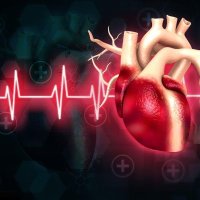
Dr.Qodirov
@arrhythmologist
Student of ASMI 5/6, ECG learner/collector. My posts are only for educational purposes.
ID: 1576151145810169857
01-10-2022 10:04:59
452 Tweet
637 Followers
66 Following


















@arrhythmologist
Student of ASMI 5/6, ECG learner/collector. My posts are only for educational purposes.
ID: 1576151145810169857
01-10-2022 10:04:59
452 Tweet
637 Followers
66 Following
















